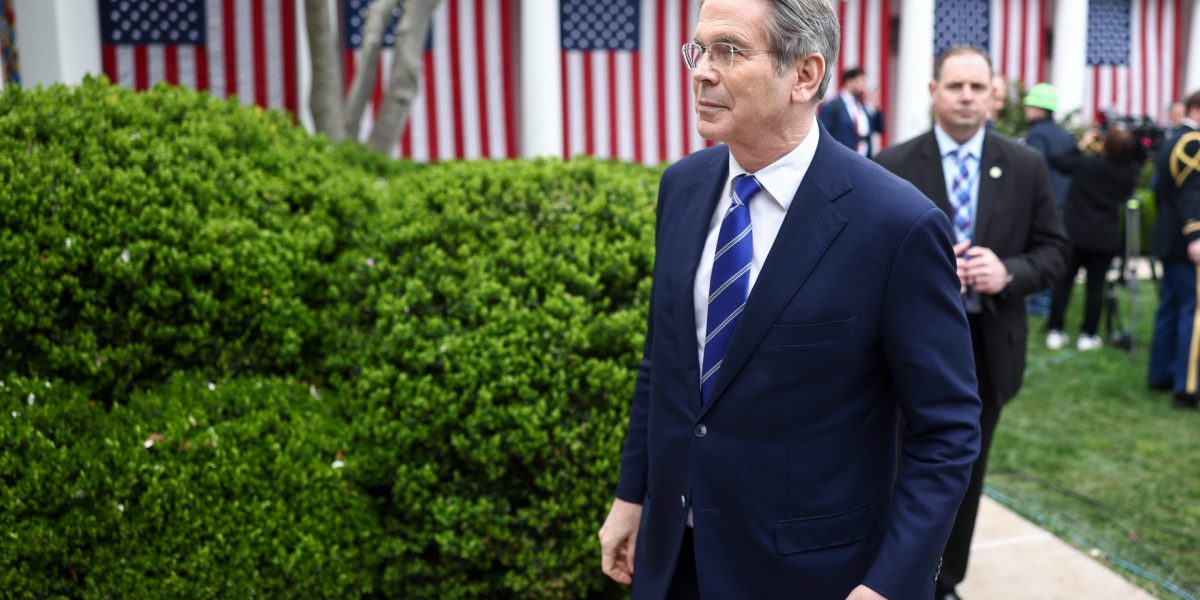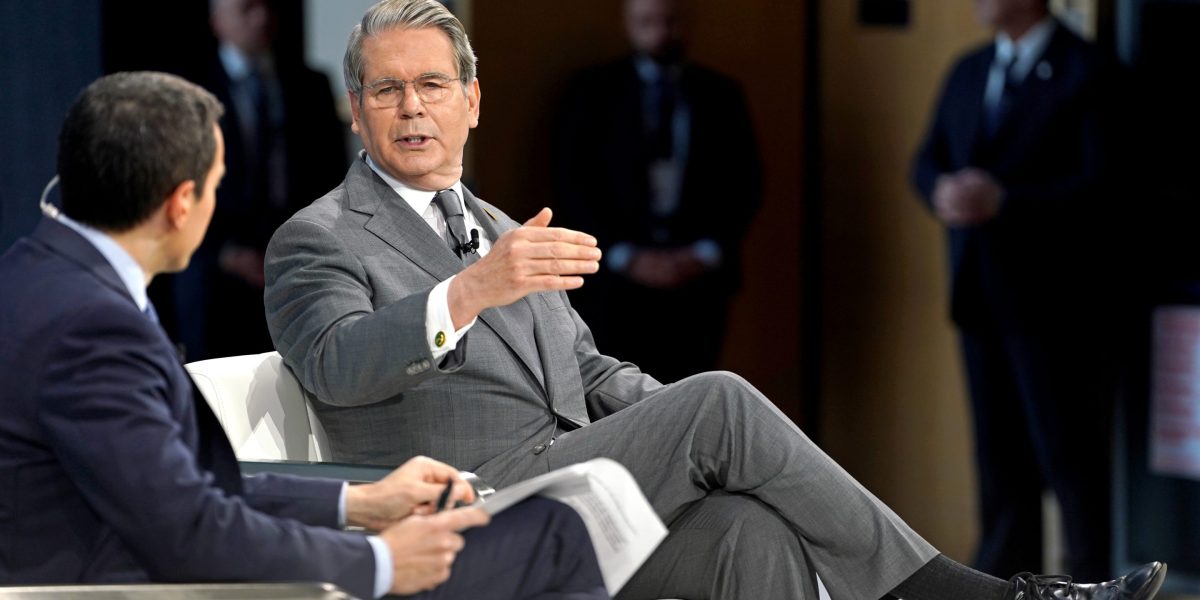Hello, Tech Editor Alexei Oreskovic, pitching in for Allie. We’ve been enjoying some crisp blue-sky days here in San Francisco in true December fashion. For the folks at OpenAI however, the days have been red — Code Red.
In case you haven’t been following, OpenAI CEO Sam Altman on Monday declared a “Code Red” alert in a memo to employees, according to the Information and the Wall Street Journal. The alert, the highest level on OpenAI’s three-point scale, is essentially an all-hands-on-deck call to mobilize and defend against an imminent threat. That threat is Google and its latest version of the Gemini AI model, which competes with OpenAI’s GPT family of models, particularly its flagship ChatGPT product.
It’s a remarkable turn of events, almost exactly three years to the day that OpenAI released ChatGPT and put Google and the rest of the tech industry on the back foot. Now Google is on the ascent, hoping to turn OpenAI into MySpace. Of course, with its $500 billion valuation, OpenAI and its investors are not about to surrender.
So, as the two AI superpowers roll up their sleeves for what’s sure to be a 2026 slugfest, we thought it would be interesting to tap into the wisdom of Term Sheet readers and ask for your perspectives on some of the key questions of this critical moment in tech history. Send your thoughts directly to me or to Allie G.
How can a company like OpenAI turn a first-mover advantage into a sustainable and long-lasting business that doesn’t get bulldozed by giants with more resources and capital?
Is there a lesson—good or bad—from a first mover of the past (e.g. Netscape vs Microsoft; Blackberry vs iPhone) that OpenAI should heed?
What is the Google Achilles heel that OpenAI should exploit?
What is the single most important thing that OpenAI needs to execute on right now – and what is the best metric to measure its success?
And of course, what other important parts of this story should we be thinking about?
Fire away!
Alexei Oreskovic
X:@lexnfx
Email:alexei.oreskovic@fortune.com
Submit a deal for the Term Sheet newsletter here.
Joey Abrams curated the deals section of today’s newsletter.Subscribe here.
Venture Deals
– 7AI, a Boston-based agentic cybersecurity platform, raised $130 million in Series A funding. Index Ventures led the round and was joined by Blackstone Innovations Investments, as well as existing seed investors Greylock, CRV, and Spark.
– Fact Base, a Tokyo-based manufacturing SaaS startup and maker of drawing management system ZUMEN, raised $28.5 million in Series C funding from Insight Partners.
– imper.ai, a New York City-based startup that prevents AI and cyber impersonation, emerged from stealth after raising $28 million in funding. Redpoint Ventures and Battery Ventures led the investment round and were joined by Maple VC, Vessy VC, and Cerca Partners.
– pH7 Technologies, a Vancouver, British Columbia-based metal extraction company, raised $25.6 million in initial Series B funding. Fine Structure Ventures led the round with strategic investment from BHP Ventures and was joined Energy & Environment Investment, Siteground, Gaingels Fund, and Calm Ventures, along with existing investors including TDK Ventures, Pangaea Ventures, Rhapsody Venture Partners, and BASF Venture Capital.
– Pine AI, a Palo Alto, Calif.-based startup that specializes in agentic AI for customer service applications, raised $25 million in Series A funding. Investors included Fortwest Capital.
– Lumia, an agentic AI security and governance platform, raised $18 million in seed funding. Team8 led the round and was joined by New Era.
– Multifactor, a San Francisco-based agentic AI security platform, raised $15 million in seed funding. Nexus Venture Partners led the round and was joined by Y Combinator, Taurus Ventures, Honeystone Ventures, Flex Capital, Pioneer Fund, Ritual Capital, and Liquid2 Ventures.
– Laigo Bio, a Utrecht, Netherlands-based biotech company specializing in novel membrane protein degradation, raised €11.5 million ($13.4 million) in seed funding. Kurma Partners and Curie Capital co-led the round and were joined by Argobio Studio, Angelini Ventures, Eurazeo, the Oncode Bridge Fund, ROM Utrecht Region, and Cancer Research Horizons.
– Helmet Security, a Washington, D.C.-based agentic AI communication security startup, emerged from stealth after raising $9 million from SYN Ventures and WhiteRabbit Ventures.
– Addis Energy, a Somerville, Mass.-based ammonia production technology developer, raised $8.3 million in seed funding. At One Ventures led the round and was joined by existing investors Engine Ventures and Pillar VC.
– Alinia AI, a Barcelona, Spain- and New York City-based startup that builds compliance tools for AI systems, raised $7.5 million in seed funding. Mouro Capital led the round and was joined by Speedinvest, Raise Ventures, and Precursor.
– BuiltAI, a London, U.K.-based financial modeling platform for commercial real estate investment, raised $6 million in seed funding. Work-Bench led the round and was joined by Lerer Hippeau, Timber Grove Ventures, Emerald Pine, and angel investors.
– Curvestone AI, a London, U.K.-based platform that reduces compound errors in automated workflows, raised $4 million seed funding. MTech Capital led the round and was joined by Boost Capital Partners, D2 Fund, and Portfolio Ventures.
– Govstream.ai, a Seattle-based startup building AI-native permitting tools for local governments, raised $3.6 million in seed funding. 47th Street Partners led the round and was joined by Nellore Capital, Ascend, Kevin Merritt, and Andreas Huber.
Private Equity
– Ares Management Corporation recapitalized MGT, a Tampa-based national technology and advisory solutions company serving state and local education institutions and governments, with a $350 million investment that values MGT at $1.25 billion. Existing investors include the Vistria Group, JPMorgan, and WhiteHorse Capital.
– TRP Infrastructure Services, an Arlington Capital Partners portfolio company, completed its acquisition of Corpus Christi, Texas-based Highway Barricades & Services, a provider of pavement marking and traffic control services. Financial terms were not disclosed.
– The Care Team, a Revelstoke Capital Partners portfolio company, acquired select hospice and palliative care operations from Traditions Health, a Tennessee-based hospice, palliative, and home health provider with operations in 16 states. Financial terms were not disclosed.
– Inovara Group, an Ambienta portfolio company, acquired Guildford, U.K.-based IBL Lighting Limited, an LED engine design and architectural lighting provider. Financial terms were not disclosed.
People
– Hunter Point Capital, a New York City-based investment firm, hired Jonathan Coslet as a senior partner. Previously, he was at TPG.


 Politics8 years ago
Politics8 years ago
 Entertainment8 years ago
Entertainment8 years ago
 Politics8 years ago
Politics8 years ago
 Entertainment8 years ago
Entertainment8 years ago
 Entertainment8 years ago
Entertainment8 years ago
 Politics8 years ago
Politics8 years ago
 Business8 years ago
Business8 years ago
 Tech8 years ago
Tech8 years ago






